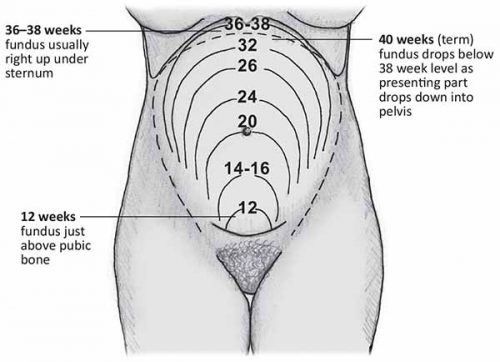I’ve spent the last several posts reviewing the sparse data that we have on the impact of subdural hematoma management in elderly patients. With this information, I had hoped to arrive at some answers as to what to do when certain common patient presentations are encountered.
Unfortunately, the data is not very good, and is structured to raise false hopes. Overall, it looks like about 30-40% of selected patients die in the postoperative period. And the percentage of patients who are discharged at their pre-injury level of independence is in the low single digits. In fairness, one paper did show an improvement from severely disabled to moderately disabled or recovered, although the authors obfuscated how many actually made it to the good recovery group.
The biggest problem with all of the literature we have is that the patients were selected for surgery based on the opinion of the neurosurgeon. This means that many patients who they felt would do poorly with operation were excluded. It is extremely likely that the inclusion of these patients would have dragged down the already poor numbers that were reported. But in fairness, we might have also found a few surprise saves among those patients; I guess we’ll never know.
So let me give you my take on the scenarios that I presented so many days ago. Remember, these are my opinions and are not meant to be gospel. Other trauma professionals will need to interpret the information themselves and make their own decisions.
Scenario 1 – An elderly female falls and sustains a modest subdural hematoma with no shift and a normal exam. Follow your established practice guidelines unless some of the factors in the following scenarios are present.
Scenario 2 – Same as above, but the patient presents 8 hours after the fall. The clock started ticking when the fall occurred. Since your practice guideline recommends monitoring for 6 hours and then a followup CT of the head, the initial CT is the followup scan. The patient could then be discharged if there are no alarming findings on initial CT and the neuro exam is normal.
Scenario 3 – Same as scenario 1 but the patient has advanced dementia. These patients were generally excluded from the studies, and they are not expected to do well. Frankly, they will likely be much worse after an operation and will require an even higher level of post-discharge care (if they make it that far) and more involvement of family. It is critically important that the trauma professionals have a frank talk with the family to make sure they understand the overwhelming likelihood that their loved one will never be as good as they were before the injury. Surviving an operation does not mean going back to their usual living situation. The family absolutely needs this information to make the best choice for their loved one.
Scenario 4 – Same as scenario 1 but the patient has a well documented “do not actively resuscitate” order in place. The patient and their family need the same talk as above so they can appreciate all of the risks and the few, if any, benefits of surgery. Only then can they make an informed if they want to consider temporarily rescinding their DNAR order to allow surgery.
Scenario 5 – Same as scenario 1 but the patient is 95 years old. The data showed that patients in their 80s tended to do even more poorly than younger patients. There were very few nonagenarians in the literature, but it can be expected they would do even worse than the octos. They and their families need the same depressing talk so they can make the right decision.
Bottom line: Communication is key. And good data is even more key, although we have too little of it. For now, all we can do is paint a somewhat depressing picture of generally poor outcomes in highly selected patients. Hopefully we’ll have better data some day and can slice and dice things a little better. This may eventually allow us to offer surgery to those patients who will actually benefit from it the most.

